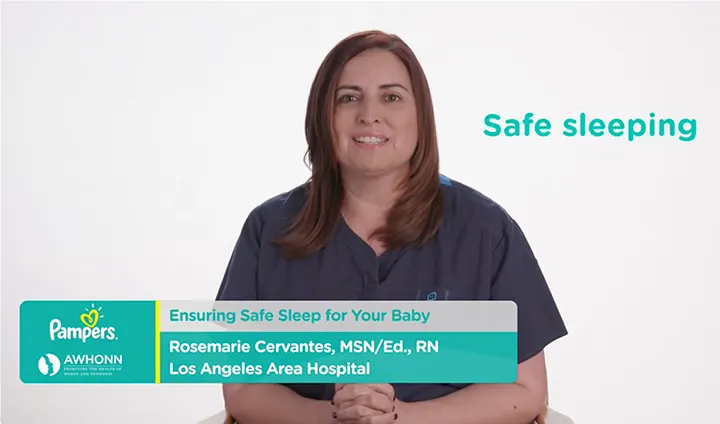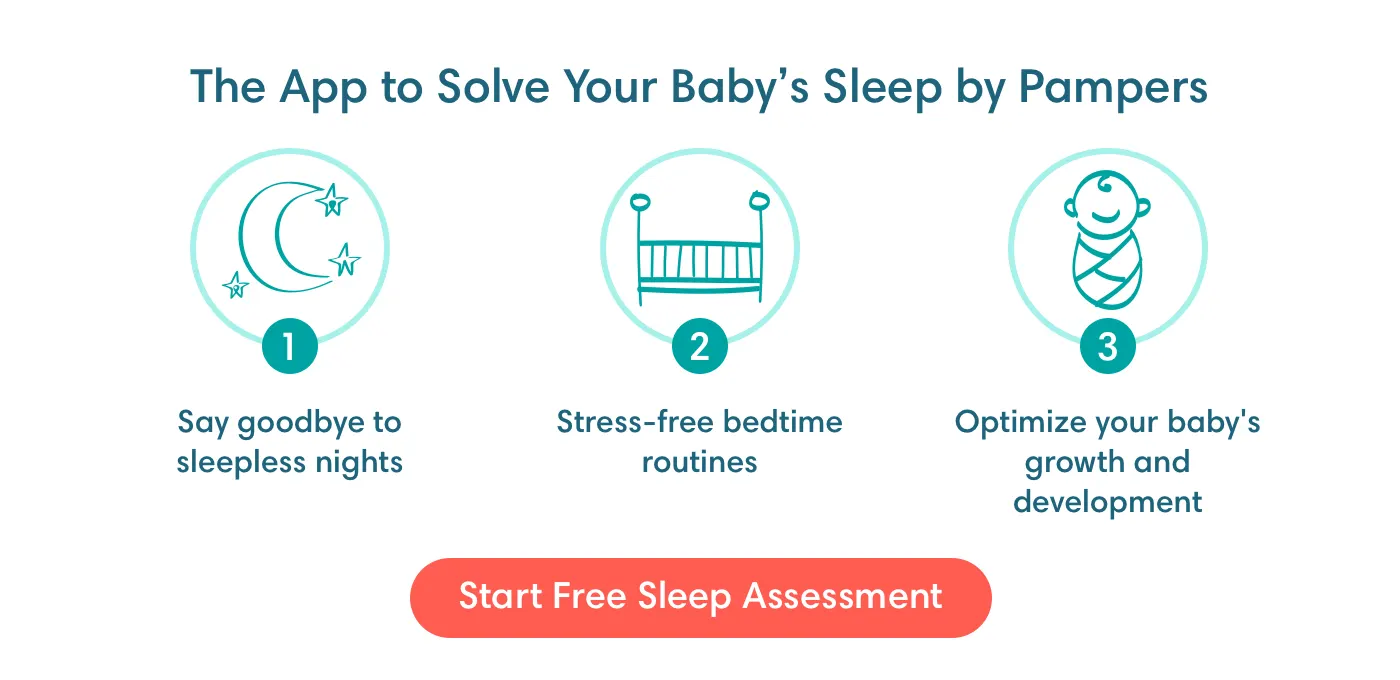Baby Growth Spurts: When Do They Typically Occur?
Wondering when babies have growth spurts and what signs to look for? Newborn and baby growth spurts are short periods of rapid growth that happen multiple times in the first year, often around 2 weeks, 6 weeks, and 3 months. During these growth spurts, your baby may feed more, sleep differently, and be fussier than usual.
In this guide, you’ll learn:
Typical ages for growth spurts in babies
Signs your baby is going through a growth spurt
How to support your baby during these periods
When to expect sleep and feeding changes.
Understanding growth spurts for babies can help you navigate these sudden changes with confidence. Read on to learn what’s normal and how to handle these big milestones!
What Are Growth Spurts?
A growth spurt is a period of rapid development during which your baby grows significantly in a short amount of time. It may seem like your infant or toddler has suddenly grown overnight.
The most noticeable signs during these periods are changes in length (height) and weight. In the first year, babies typically gain about 10 inches (25 centimetres) in height and triple their birth weight. Additionally, your baby’s head grows quickly, especially during the first four months, which indicates important brain development.
Although babies generally grow at a steady pace, they often experience phases known as newborn growth spurts and toddler growth spurts that can feel intense and sudden.
When Do Babies Have Growth Spurts?
Most babies lose around one-tenth of their birth weight in the first five days after birth usually regaining it within the following week. After this initial phase, you may notice your newborn growing rapidly, with a growth spurt often occurring between 3 to 6 weeks. However, growth spurts for babies may vary widely, as each child’s development is unique. If you have any questions or concerns about your baby’s growth, consult your baby’s healthcare provider.
For toddlers, growth spurts are less frequent. Around 12 months of age, growth generally slows, and by 24 months, children begin growing at a more steady rate that continues until the major pre-puberty growth spurt ages. Girls often experience this spurt between the ages of 8 and 13, while boys commonly have it between 10 and 15.
You may want to track your baby’s growth spurts in our Baby Growth Chart Calculator to see how quickly your little one is growing.
What Are the Signs of a Growth Spurt?
You may be wondering if there are any signs of a growth spurt in newborns and older babies to look out for. Here are a few things you may observe just before your little one shoots up a size:
Increased hunger. Just before a growth spurt, you might notice that your baby seems hungrier than usual. Your baby may show signs of increased hunger by crying a lot, appearing restless, sticking out their tongue, or sucking on their hands and lips.
More fussiness. Babies often seem fussier or crankier just before a growth spurt. Increased fussiness may involve more crying or restlessness, though other conditions, like colic, can also cause similar symptoms, especially if the crying happens at the same time each day. Baby growth spurt symptoms can vary, so if the fussiness persists, consult your little one’s healthcare provider.
Changes in sleep patterns. Some parents observe that their little one sleeps more during growth spurts, which can be the body’s way of conserving energy for the growth ahead. While sleep patterns might change, it’s important to ensure your baby is resting well to support healthy growth.
How to Support Your Baby's Growth Spurt
If you recognize some of the signs above and think your little one might be entering a growth spurt, here are a few ways to support them during this period:
Feed your baby more if they seem hungry. If your baby seems hungrier, offering extra nourishment can help them meet their growing needs. For breastfed babies, you might nurse more frequently, which may help stimulate milk production. For formula-fed babies, consider slightly increasing the amount at each feeding or feeding more often.
Support quality sleep. Sleep is essential during growth spurts for babies, as they may need extra rest to conserve energy for growth. Creating a comfortable sleep environment with low lighting and a calming pre-bedtime routine may encourage better sleep. If your baby naps a lot during the day—perhaps three or four hours at a time—you can gently wake them for playtime if you’re concerned about nighttime sleep.
Soothe fussiness. Growth spurts can sometimes lead to extra fussiness. If other potential causes have been ruled out, try comforting your baby by rocking, cuddling, or talking softly. Find activities that you know help soothe them during these times.
If you notice your baby’s growth has slowed or stopped for a while, this could simply be a pause before a future spurt—each baby grows at their own pace.
How Long do Growth Spurts in Babies Last?
Growth spurts in babies are generally brief, often lasting up to three days. During this time, you might notice increased hunger, changes in sleep, and occasional fussiness as your baby grows quickly. While each growth spurt is unique, these short, intense periods are usually followed by steadier growth. Remember that these bursts are a normal part of development and can vary in timing and length for each child.
What Happens After a Baby Growth Spurt?
After a growth spurt, babies typically return to steadier patterns in feeding, sleep, and behaviour. As mentioned before, for toddlers, growth spurts become less frequent. Around age 1, growth naturally slows, and by age 2, children begin growing at a steadier rate.
FAQS AT A GLANCE
In the initial two weeks of your newborn’s life, you might notice growth spurts and similar changes can occur around 3 to 6 weeks. After their first birthday, growth will slow down, with significant spurts typically not happening until they near adolescence.
The Bottom Line
All parents look forward to watching their baby grow, but don’t be surprised if it feels like your little one has grown overnight during a growth spurt! You might notice signs beforehand, like increased hunger or a bit more fussiness, or your baby may suddenly seem to go up a size without any clear warning.
Growth spurts are a normal part of the first few months, so there’s no need for concern. If your baby seems hungrier or crankier, you may soon wake up to a bigger, thriving baby. To support you during each growth milestone, check out the Pampers Club app for access to discounts and digital offers as you shop for essentials.
The information in this article is based on the expert advice found in trusted medical and government sources, such as the American Academy of Pediatrics and the American College of Obstetricians and Gynecologists. You can find a full list of sources used for this article below. The content on this page should not replace professional medical advice. Always consult medical professionals for full diagnosis and treatment.
Join Pampers Club and get:






